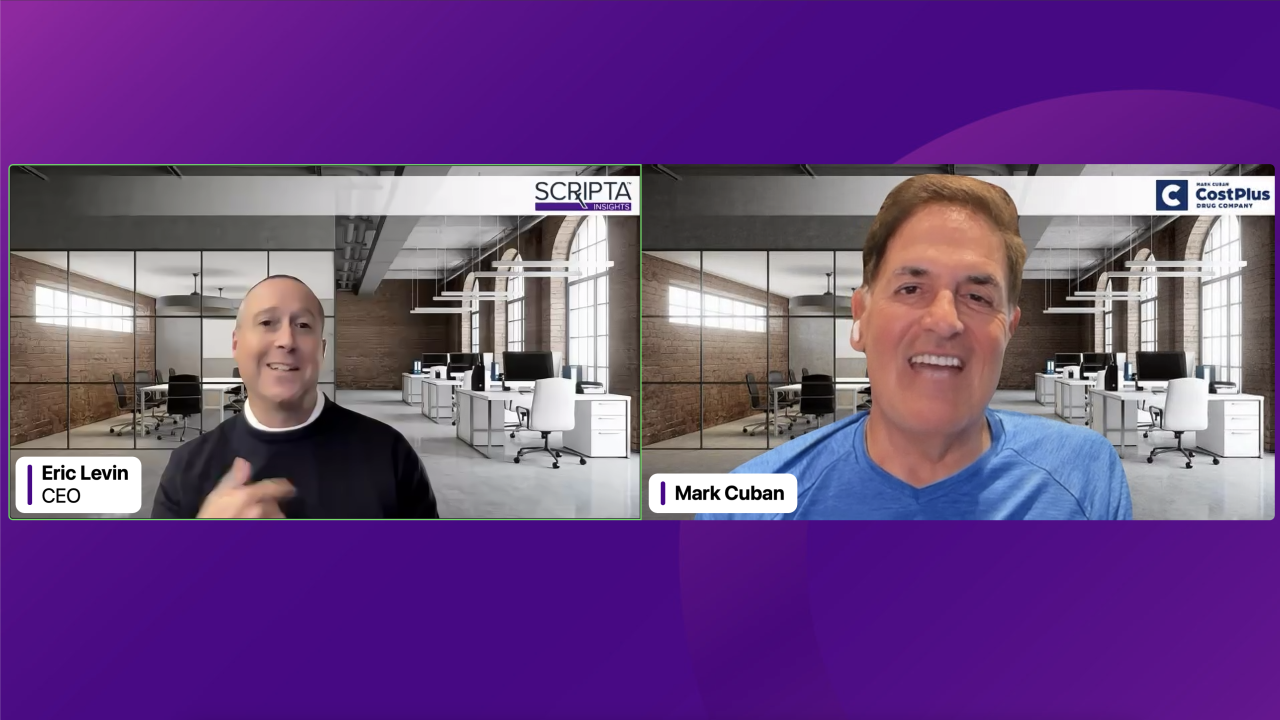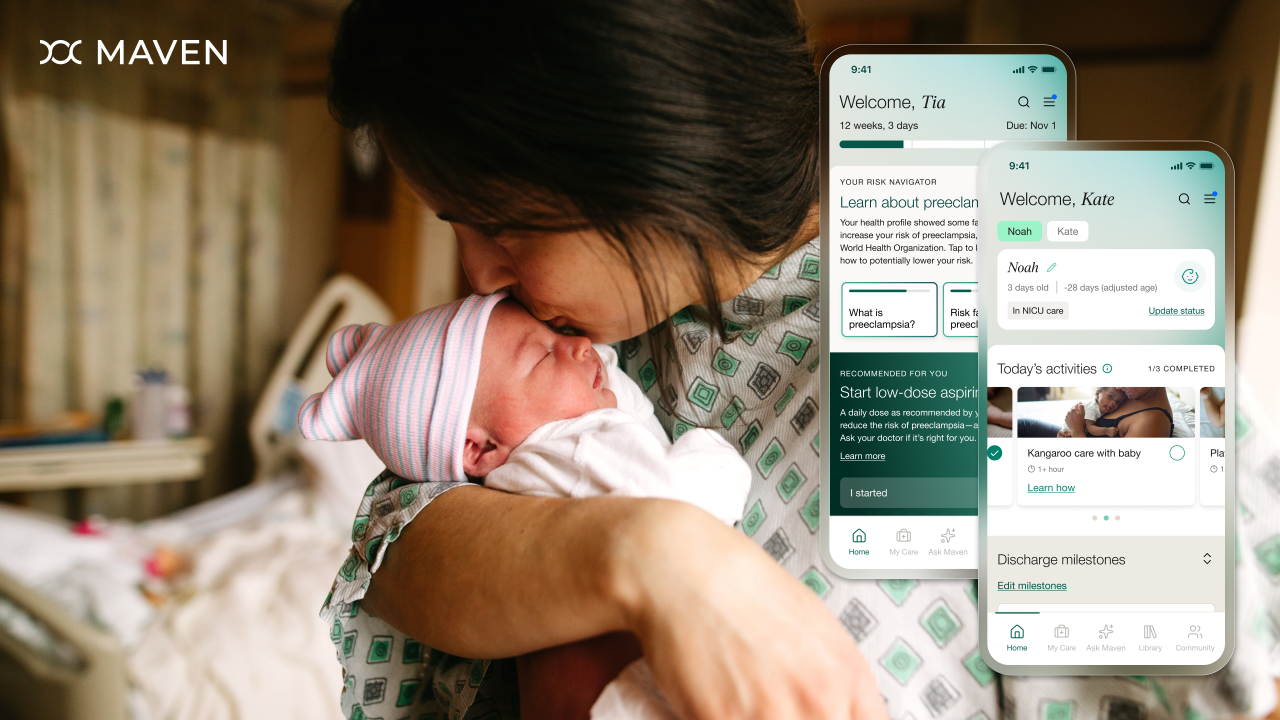Health insurance payers, healthcare providers and their associated contractors who
The data around
A vigilant approach to cybersecurity will detect more potential threats, not fewer. At the same time, the volume and severity of these warnings might not even be captured in survey responses as AI tools increasingly assume the task of assessing threats and bringing only the most urgent alerts to the surface.
Read more:
Against this backdrop, bad actors on a global stage are only continuing to increase their malicious activity. As of 2024, 67% of healthcare organizations worldwide said they had
A multi-billion-dollar problem
In February 2024, Change Healthcare suffered a significant ransomware attack. The breach exploited a server lacking multi-factor authentication, allowing hackers to access sensitive data and disrupt operations. The attack compromised personal health information of more than 100 million individuals, marking it as one of the largest healthcare data breaches in U.S. history. The total cost of the response is now predicted to be
The incident prompted investigations by the U.S. Department of Health and Human Services and led to increased scrutiny of cybersecurity practices within the healthcare sector. The market responded as well. Google recently announced it reached agreement on a
Read more:
Benefits of a proactive vs. reactive approach
Simply put, a defensive posture will not allow organizations to keep up with the cybersecurity alerts they receive. Discerning the signal in the midst of the noise is too much of a challenge. A proactive security stance allows organizations to prioritize the most critical vulnerabilities they can remediate.
Leveraging AI tools is essential to this effort. Scripts can be trained to separate signals from noise and find efficient, effective pathways to preventing the most critical incidents — effectively telling a user, "these are the most important things you need to focus on today."
AI agents can help identify the likely path an attacker would take. That not only helps remediate individual vulnerabilities, but hedges against future threats as well. The first breach is bad enough. The second, third, fourth and onward — a sign a bad actor has learned how to leapfrog systems — is where the real damage can be done.
Read more:
Healthcare-specific risks
The U.S. Department of Health and Human Services Office for Civil Rights was informed of about 720 healthcare-related cybersecurity incidents last year. Information stored on network servers was the
Network servers are likely to become a more enticing target. As organizations share their members' data, one breach only unlocks more individual information. Generally speaking, the risk of a cybersecurity incident is slightly greater to payers than providers because consolidation among health insurance firms has created larger user bases for a few big industry players. The seven biggest health insurance companies control almost 75% of the industry; market share among the largest healthcare providers is more broadly distributed.
The shift from reactive security postures to proactive is in direct response to an ever-rising wave of attacks healthcare industry organizations are facing. That will only prove more true as health systems and payers consolidate their user bases. Leveraging GenAI and similar tools can predict attack plans, analyze vulnerabilities faster and remediate vulnerabilities before a breach or attack occurs to keep it out of the news.






